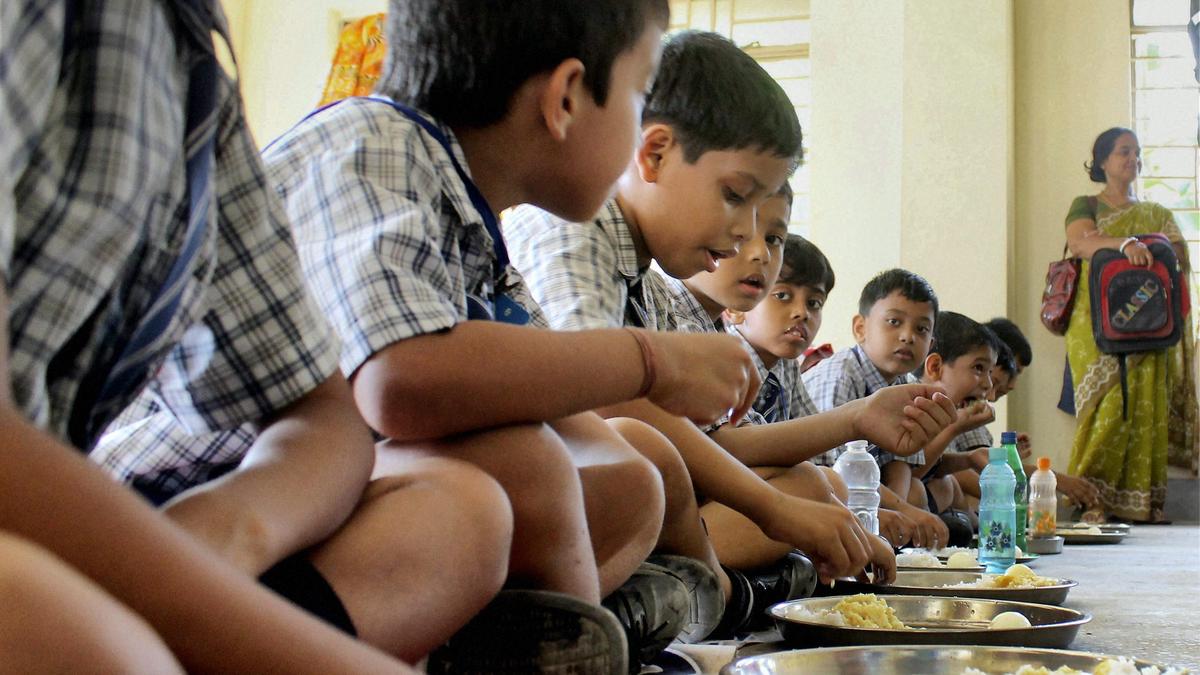Now Reading: Gujarat Nutrition Scheme Feeds 40 Lakh Students
-
01
Gujarat Nutrition Scheme Feeds 40 Lakh Students
Gujarat Nutrition Scheme Feeds 40 Lakh Students

Fast Summary
- Gujarat’s Mukhyamantri Paushtik Alpahar Yojana provides nutritional supplements to students in 32,200 primary schools, covering over 40 lakh students from Balvatika to Class 8.
- This initiative makes Gujarat the first state in India to implement a extensive supplementary nutrition program alongside the existing PM Poshan mid-day meal scheme.
- daily snacks under this program provide approximately 200 kilocalories and 6 grams of protein per serving; items rotate between conventional foods like sukhdi, chana chaat, mixed pulses, and millet-based snacks to ensure variety and cultural appropriateness.
- Snacks are prepared following standardised recipes and safety protocols by the State nutrition Department as part of the broader suposhit Gujarat Mission, with an allocated budget of ₹617.67 crore for the finance year 2025-26.
- Monitoring mechanisms include quality checks for food planning/distribution through coordination across departments like health, education, and local self-governance institutions.
- The framework involves school committees, local health workers, and nutrition experts for implementation.
Indian Opinion Analysis
The Mukhyamantri Paushtik Alpahar Yojana is a meaningful development in bridging nutritional gaps among children in Gujarat. By complementing the existing PM Poshan mid-day meal scheme with supplementary snacks targeted at improving protein and calorie intake levels daily, it addresses underlying concerns about child malnutrition. Leveraging traditional food items helps promote cultural relevance while ensuring nutritional diversity-a practical approach within India’s diverse dietary habits.
However, given its scale-spanning over 40 lakh students-the initiative’s success will largely hinge on seamless interdepartmental coordination among health workers, schools’ committees, and governance bodies. Adequate monitoring systems appear crucial if implementation flaws or inefficiencies are to be minimized across such a massive undertaking spanning thousands of schools. If executed effectively without lapses in quality control or delivery mechanisms via its ₹617 crore budgetary allocation until FY2025-26-it could serve as a model framework replicable nationwide for holistic child development goals.

























